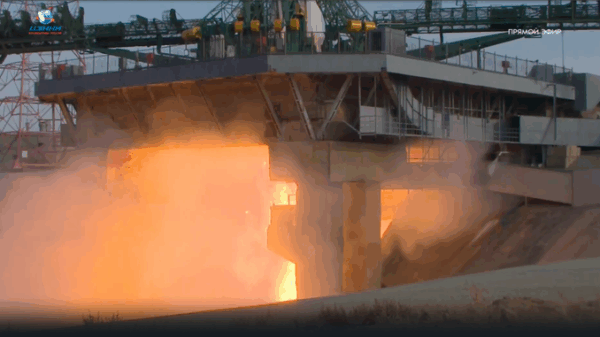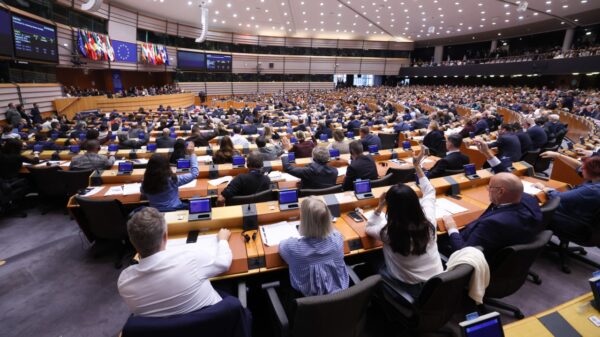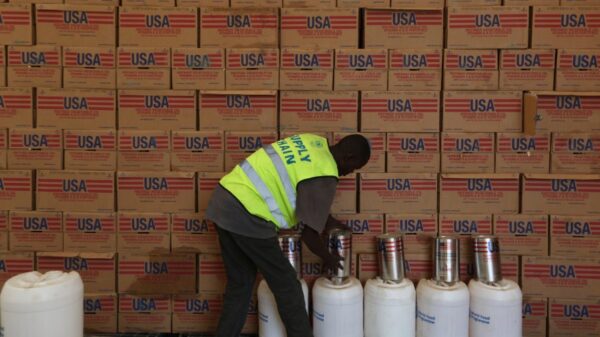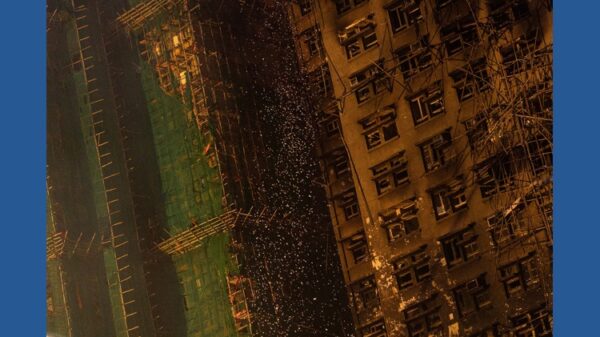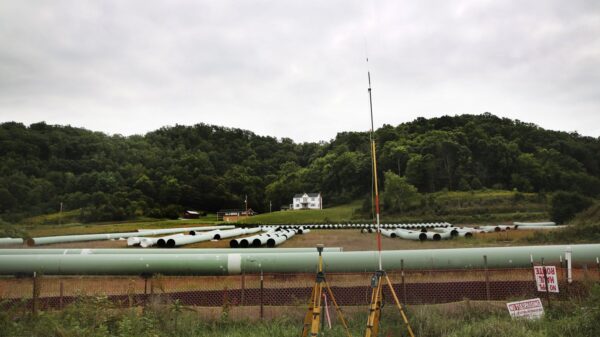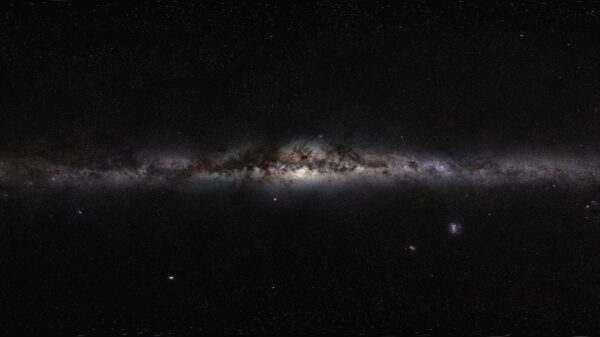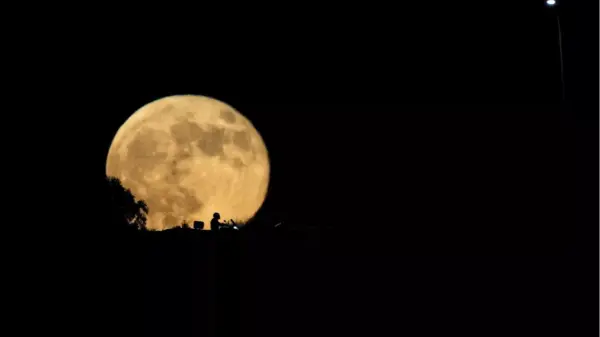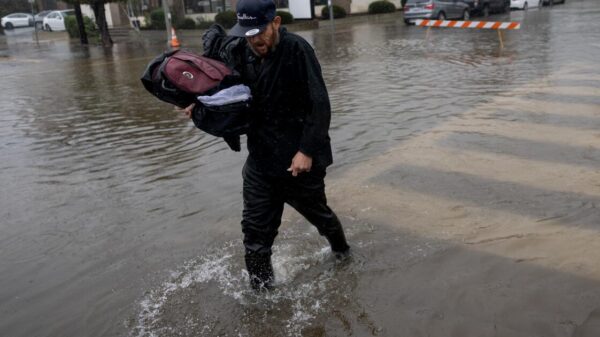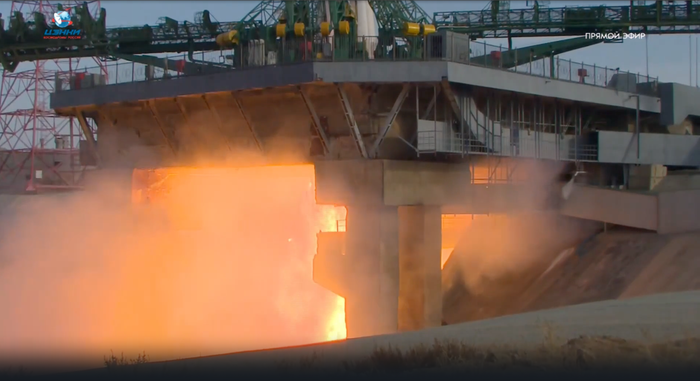BREAKING: Russia’s only launchpad for sending astronauts into space has suffered significant damage during a rocket liftoff on November 27, 2025. The Soyuz MS-28 successfully launched from the Baikonur spaceport in Kazakhstan, but the launchpad sustained severe blast damage, raising immediate concerns about future space missions.
Official footage from Roscosmos, Russia’s space agency, revealed that part of the launchpad structure collapsed into a large exhaust trench below during the launch. The visual evidence shows charred remains, indicating a potentially catastrophic structural failure. The incident occurred as the Soyuz rocket fired its booster engines, with debris visibly flying up from the trench.
Roscosmos has confirmed the damage but has not disclosed the full extent, stating that the assessment of the launch complex is ongoing. Notably, the service bay, which houses critical equipment and cabling, appears to have been dislodged during the liftoff, jeopardizing operations at the only site capable of launching crewed missions.
Despite the launchpad damage, the Soyuz MS-28 carried three astronauts, including NASA’s Chris Williams, and reached the International Space Station safely. Thankfully, all crew members were unharmed. However, the implications of this incident are significant, as it disrupts Russia’s ability to send astronauts into space.
Roscosmos reassured the public that “all necessary backup components are available for restoration,” indicating repairs will be made swiftly, but specifics on the timeline remain unclear. The launchpad, known as Site 31/6, has been operational since the 1960s and is critical for Russia’s continued presence in manned spaceflight.
The Baikonur spaceport, a historical site of many significant space missions, including those of Yuri Gagarin, faces an uncertain future as this incident could hinder upcoming launches. While there is an alternative launchpad, Site 1 (Gagarin’s Start), it has not been used for crewed missions since 2019. Plans to modernize this facility have stalled, leaving Site 31/6 as the sole operational crewed launchpad.
With the urgency of the situation, experts and officials are calling for immediate attention to the aging infrastructure at Baikonur. The damage done in this incident underscores the vulnerabilities in Russia’s space program and raises questions about the future of its crewed missions.
As Roscosmos works to repair the damage, attention will focus on how quickly operations can resume and what additional measures will be put in place to prevent future incidents. The world watches closely as these developments unfold, marking a critical moment for Russia’s space ambitions.



